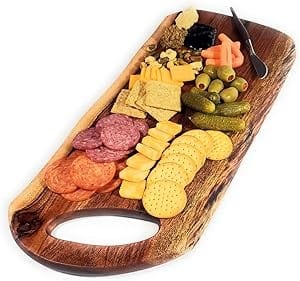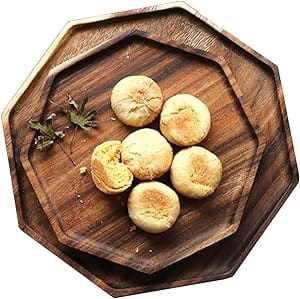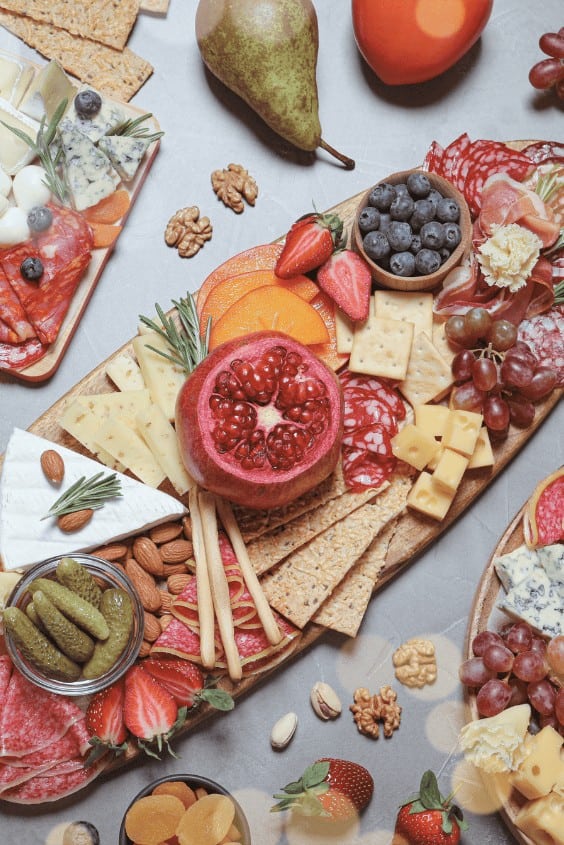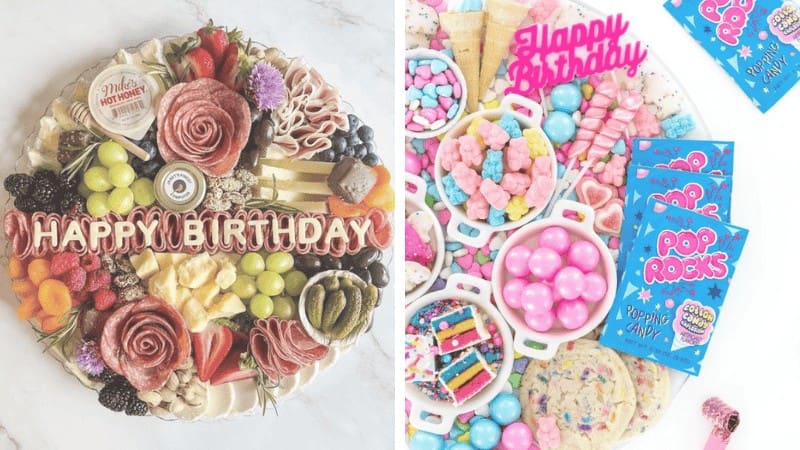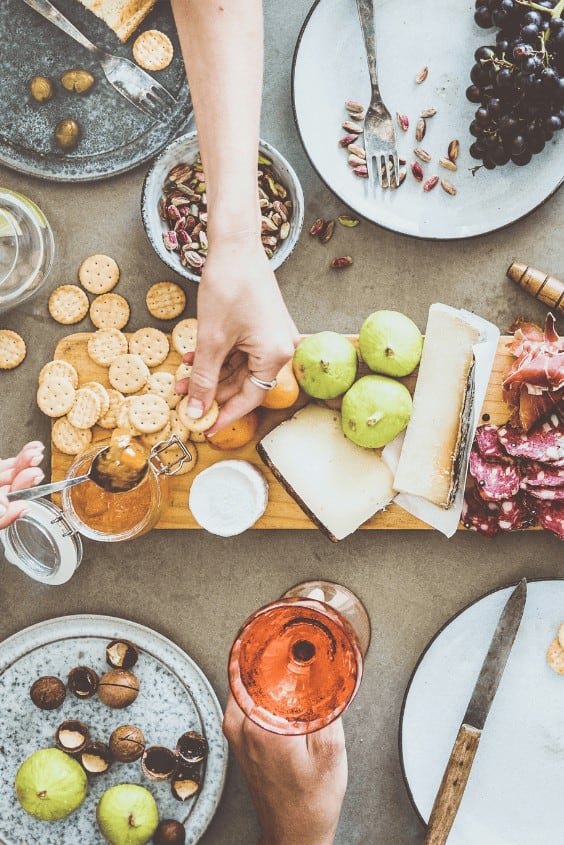Charcuterie boards aren’t merely food spreads; they’re works of art, social centerpieces, and culinary adventures all in one.
Crafting an alluring and indulgent charcuterie board is a vital skill for modern hosts. It’s not merely about combining meats and cheeses; it’s a chance to share flavors, tell stories, and create a visually stunning display that elevates the gathering. With this comprehensive guide, we’ll take you on a journey through the art of assembling a charcuterie board that will tantalize your guests’ taste buds and leave them in awe of its presentation.
From selecting the perfect ingredients to arranging them with flair, we’ll provide you with a step-by-step approach to sensory success. So, get ready to impress your friends and family with this ultimate guide!
The Foundation: Choosing Your Board
The foundation of a charcuterie board is just as important as its contents. Your selection of board will establish the aesthetic and functionality of your spread, whether you prefer a rustic wooden plank, a sleek slate slab, or a simple serving tray. Consider the size of your gathering and the space you have available to determine the ideal size for your board.
A smaller, more intimate setting might call for a round or rectangular board, while a larger party could require a table-length board to accommodate the array of offerings. Interestingly, marble boards have been found to have a cooling effect, making them an excellent choice for keeping cheeses fresh during warm-weather gatherings.
Delightful Diversity: Selecting Your Meats and Cheeses
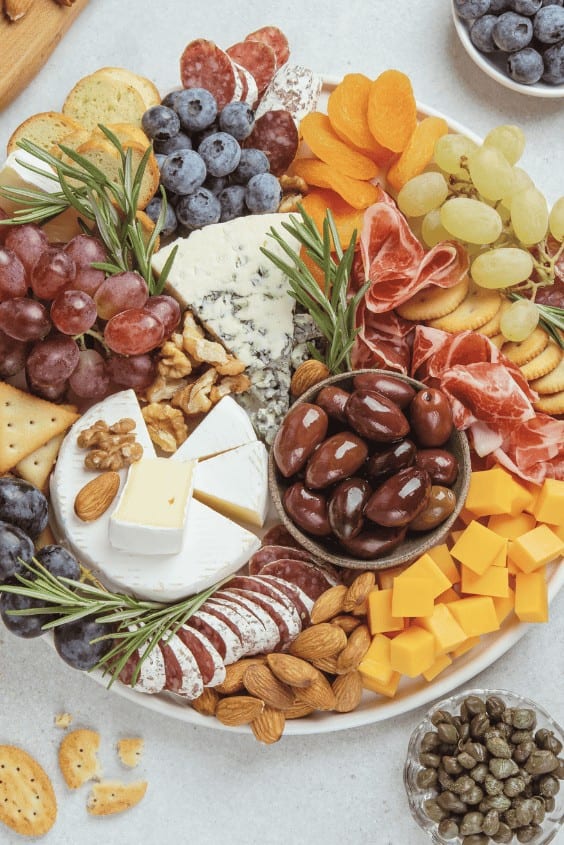
When crafting your charcuterie board, it’s crucial to strike a balance between meats and cheeses. To achieve this, aim for a mix of flavors and textures that will tantalize the taste buds. For meats, consider a range of options, from delicate and lean choices like prosciutto to bolder, spiced or smoked varieties like salami, chorizo, or andouille. This will allow you to cater to different palates and create a delightful array of tastes.
In terms of cheese, look for a variety of textures and flavors. Soft, creamy options like Brie provide a nice contrast to firmer cheeses like cheddar, while pungent choices like blue cheese add character to your board. Aim to include 3-5 options of each, depending on the size of your board and the number of guests you’re hosting.
Textures and Tastes: Adding Accompaniments
While a charcuterie board is undoubtedly delicious on its own, it’s the supporting cast of dried fruits, nuts, olives, pickles, and spreads that truly elevates it. When selecting accompaniments, consider incorporating a mix of textures to create visual interest. Crunchy nuts like almonds or pistachios, plump dates or tangy apricots, and briny olives with zesty pickles will add depth and variety.
To take it to the next level, include a range of flavor profiles by offering mustards such as honey, Dijon, or whole grain, chutneys like fig or mango, and natural honey or balsamic glaze for a touch of sweetness. These accompaniments not only provide a pleasing contrast to the meats and cheeses but also offer a welcome respite between bites. Moreover, they can be strategically layered around the board’s centerpiece to create a stunning visual display.
You might also like…
The Art of Arrangement

When it comes to assembling a charcuterie board, the arrangement is crucial for creating a visually stunning display. Begin by placing your largest items, such as cheese wheels and hearty bread, at the center of the board. This will serve as the foundation for the rest of the layout. Next, build outwards from the core, strategically placing slices of meats on one corner to create a sense of balance.
Then, arrange a mosaic of cheeses around the meats, carefully layering accompaniments like crackers and fruits in between. Consider this process akin to creating a living work of art, where each piece contributes to the overall aesthetic effect.
To add an extra layer of depth and visual interest, garnish with fresh herbs like rosemary or thyme, which will not only provide a fragrant aroma but also inject a burst of green into the largely earth-toned palette of meats, cheeses, and accompaniments.
Serving Strategies
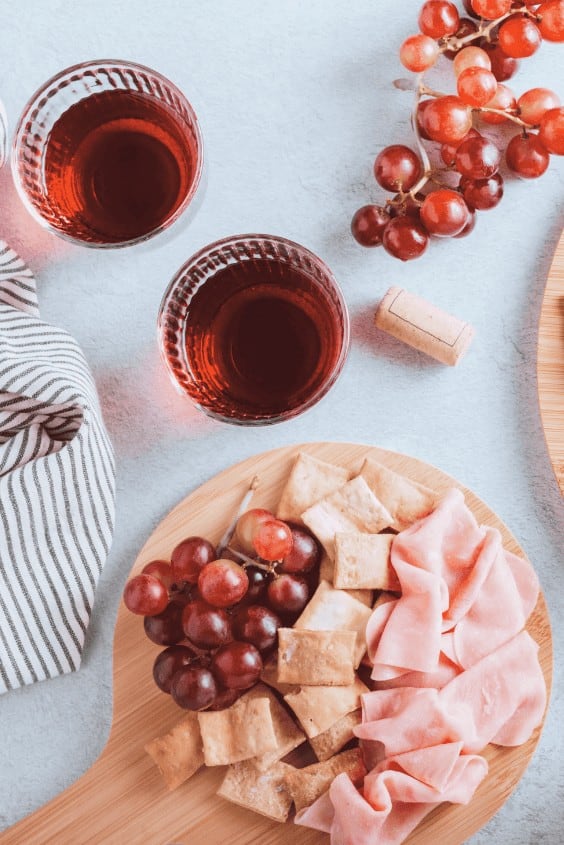
While charcuterie boards are often self-serve, the presentation can greatly impact the overall experience. To encourage guests to indulge in the variety of offerings, provide small utensils like tongs or spoons near items that benefit from a bit of manipulation, such as olives and spreads. Additionally, consider including a selection of breads, crackers, and complementary beverages, like wine or beer, to enhance the flavors on display.
The key is to strike a balance between guided exploration and self-serve freedom, allowing guests to mingle and mix-and-match their favorite flavors with ease.
Adapting to Dietary Restrictions
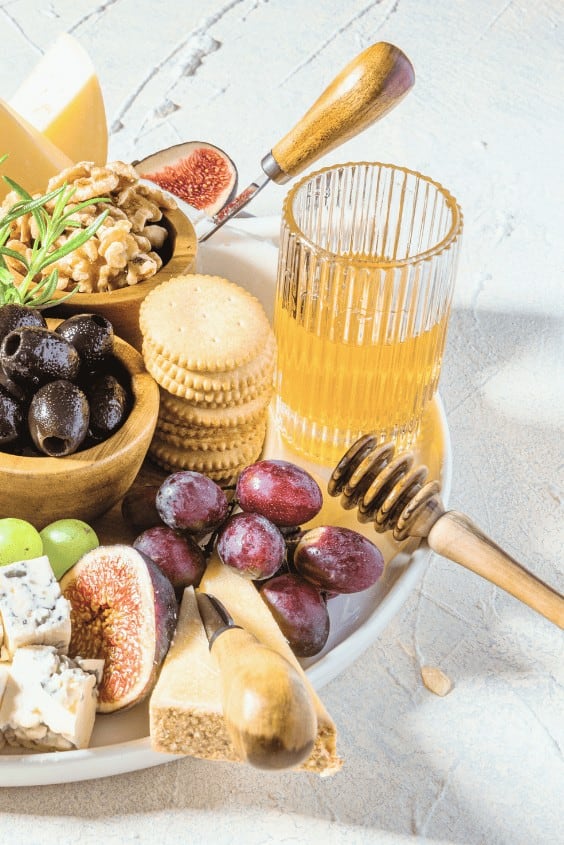
When catering to diverse palates, a thoughtful host considers the unique needs of their guests. This may involve offering meatless, gluten-free, and lactose-intolerant options to ensure everyone’s dietary restrictions are respected. A simple yet effective approach is to provide small cards or labels next to each dish, allowing guests to easily identify and select items that align with their preferences.
Adding a Personal Touch
What sets apart an unforgettable charcuterie experience is the unique essence brought by the host. Your personal touch in curating and arranging the selection of meats, cheeses, fruits, and spreads is what will leave a lasting impression on your guests. Share tales behind your choices, revealing the origins of flavors or family recipes that have been passed down through generations.
Engage with your guests, encouraging them to do the same, and watch as the charcuterie board becomes a hub for connection and storytelling. Ultimately, a well-crafted charcuterie board is not just a meal, but an expression of creativity, taste, and the ability to bring people together. With this guide, you’ll have all the tools necessary to create a memorable experience that will be cherished long after the event has ended.
